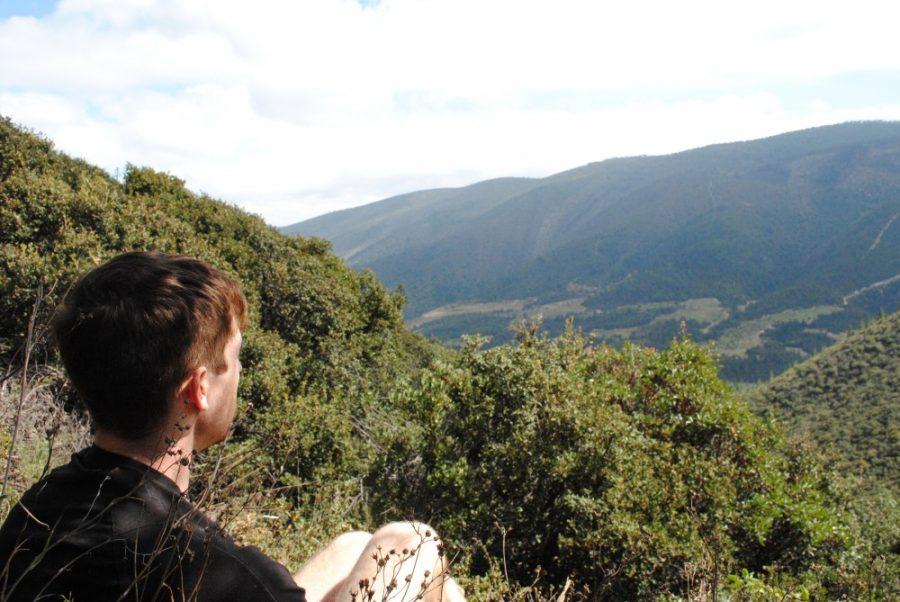Sometimes science can come with great roadside burritos.
At least that’s what happened when Tim O’Connor, Anthony Baniaga and Shea Lambert, three graduate students studying ecology and evolutionary biology, spent 12 days traveling through Mexico covering territory in Chihuahua, Durango, Coahuila, Nuevo León, San Luis Potosí, Guanajuato and Querétaro.
The trip was in some ways carrying on a tradition begun by UA faculty 50 years ago, although this one was unplanned.
“Independently, my adviser from [my] undergraduate [program] and Shea’s adviser and the person Shea is working with both went down to the same region in the ’60s, … and now, we went 50 years later,” Baniaga said.
The group has varied reasons for taking their research south of the border
“Shea was interested in a group of fabulously colored lizards that live in the mountains of Eastern Mexico, while Anthony studies these crazy little plants that dry to a crisp in the extreme heat and aridity, but spring back to life within hours after a good rain,” O’Connor said. “I was trying to cover as much ground as possible in the lower-lying, creosote-dominated areas between the mountain ranges in order to survey the diversity of gall midges on creosote.”
It turns out resurrection plants and creosote gall midges, small flies that induces abnormal plant tissue growth on creosote, can be used to understand the processes responsible for the vast diversity of life and the evolutionary history of the divergence of species, according to O’Connor.
“I study the creosote gall midges to understand how history and ecology intersect in the origin of species, and how large-scale forces play out at a genetic level,” he said.
The gall midge is a good subject to study how new species form as a result of how quickly the species is evolving.
Baniaga was interested in looking at the relationships between plants in Mexico and their close relatives in Arizona to understand their evolutionary histories.
“I study a plant that’s an early diverging lineage of plants. It’s like in-between a moss and a fern,” Baniga said. “They’re a very old lineage of plants, so they’ve been around for over 300 million years [and] … Mexico is a huge center of diversity for them. … For how much land there is, it is not well categorized, so there is a lot of unknown diversity.”
The unique focus of each person involved kept the trip from ever becoming dull, Baniaga said.
“Either someone was super excited or they got us excited about what we were seeing,” he said.
O’Connor, Baniaga and Lambert were not the only people involved in the trip. They also met up with Uri Garcia, a professor for the Universidad Nacional Autónoma de México and a collaborator with Lambert. Garcia played an important role in facilitating the trip and navigating through remote areas.
Traveling through these remote areas sometimes led to unusual company.
“We shared the road a lot with cows, donkeys and horses, who give zero cares about your plans to continue along the road,” O’Connor said. “Coming back from Sierra Gorda, one stopped us in our path down the mountain. As he galloped away, he led us directly to the lizard that Shea had been trying in vain to find all day long. It was a quasi-mystical experience.”
While research may have been the main reason for the road trip, the food may have left the greatest impression.
“I really enjoyed eating tunas, the cactus fruit,” Baniaga said. “The food was great and cheap.”
O’Connor said they had their best meal of the trip in Galeana.
“Early on a Saturday morning, there were only two food carts open in the whole town, and we were ravenous,” O’Connor said. “We picked one more or less at random and had the most astoundingly delicious spread of gorditas. I didn’t know that kind of flavor was possible.”
Follow Genevieve Patterson on Twitter.









